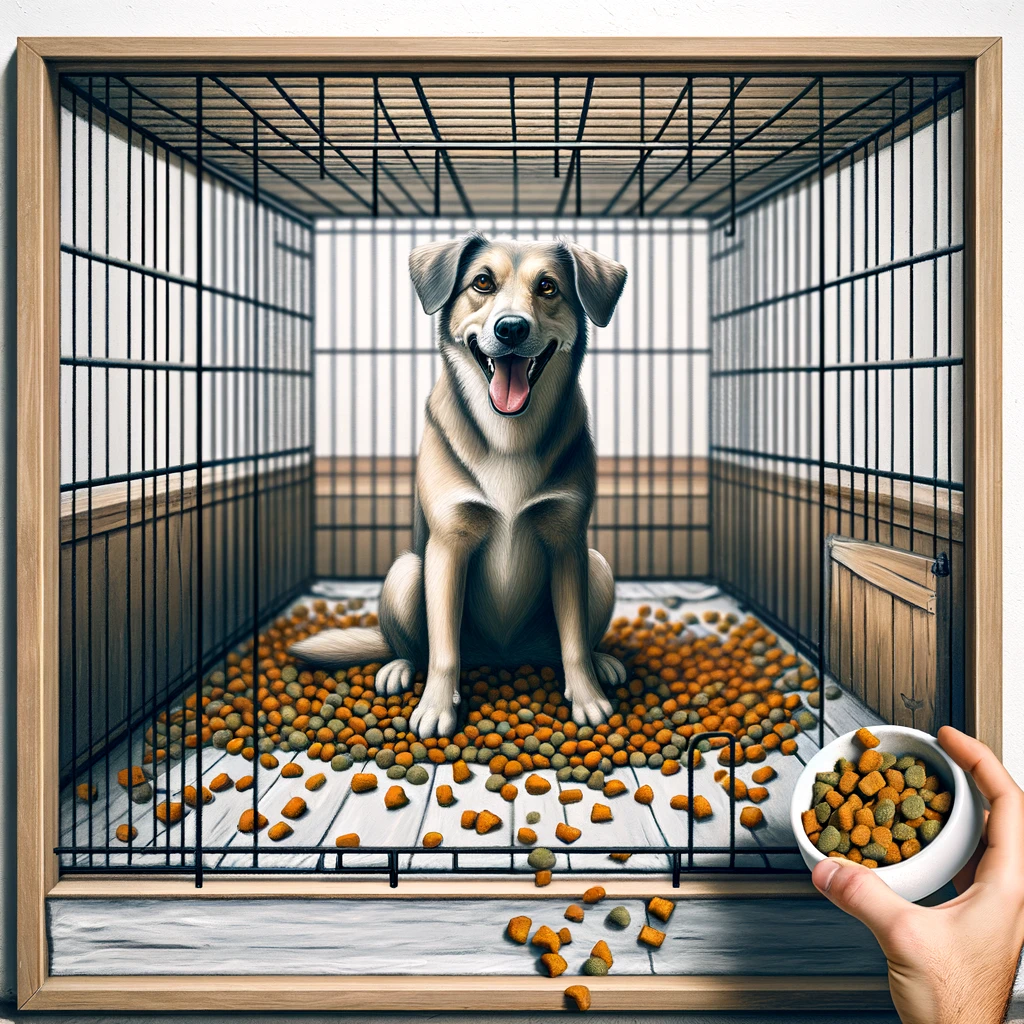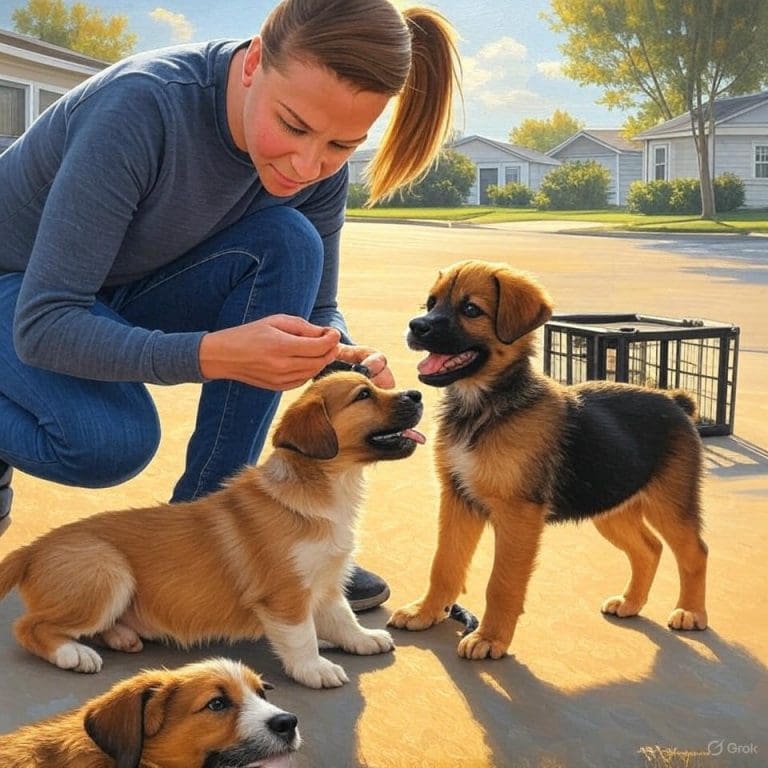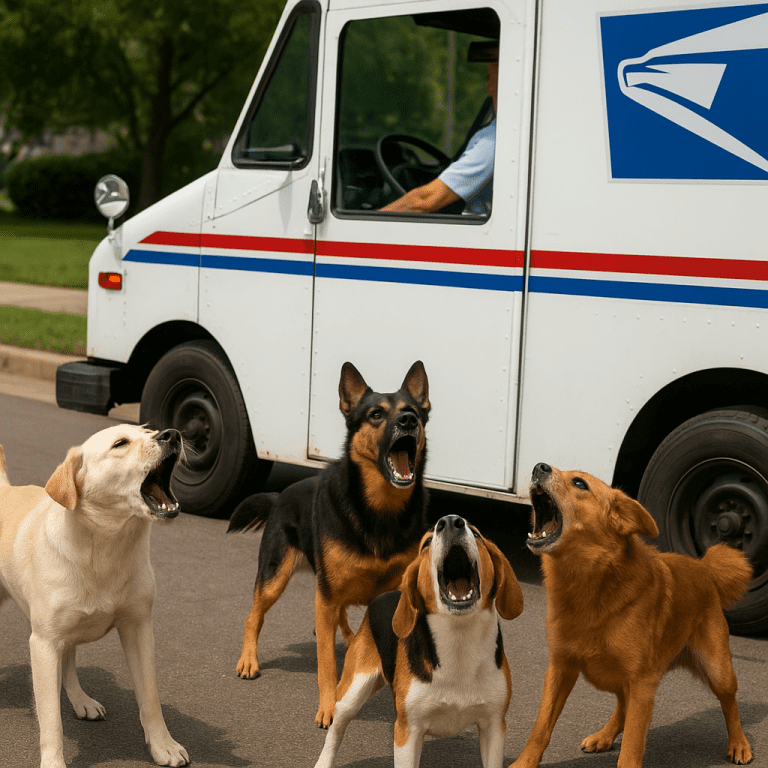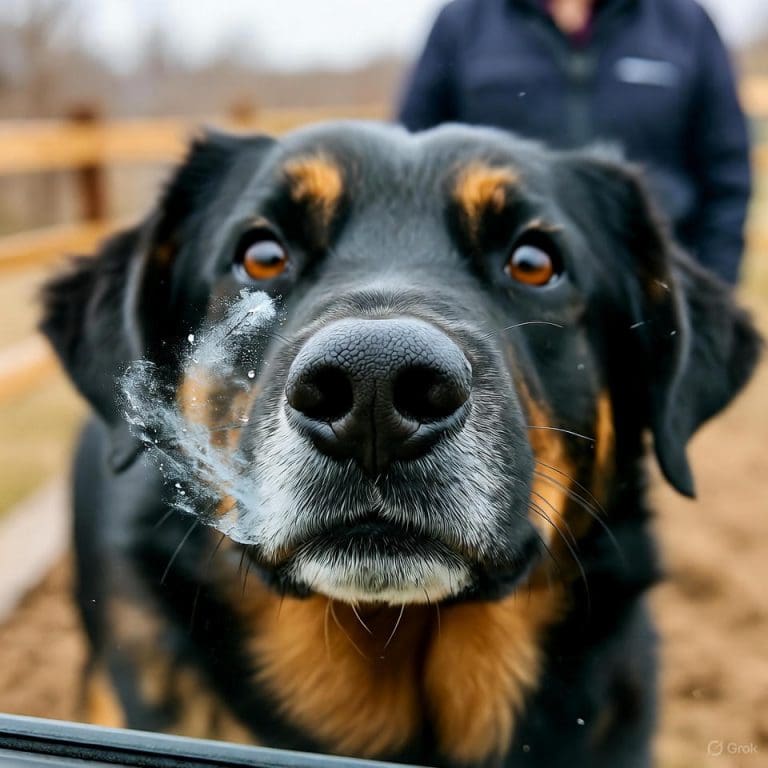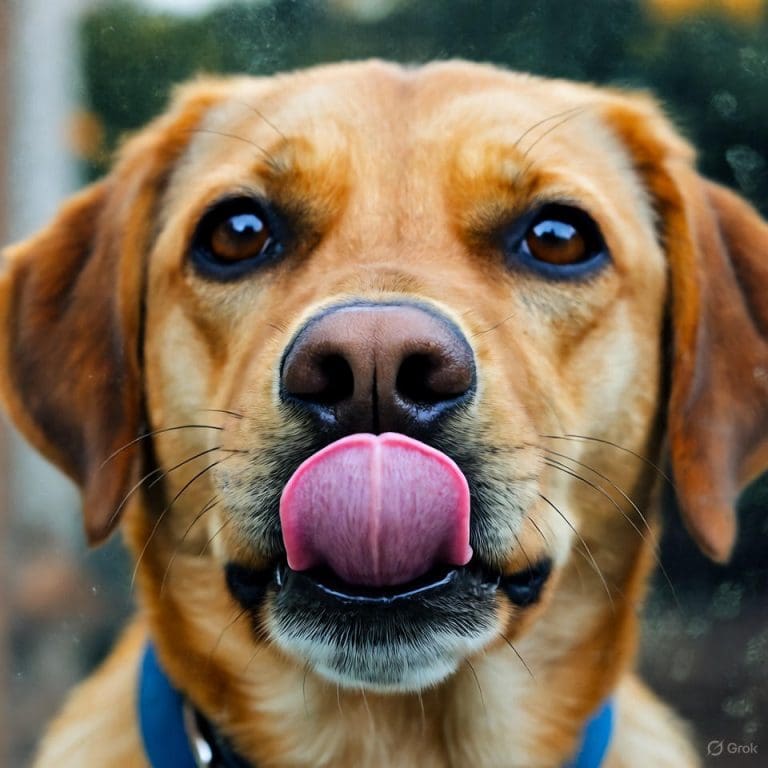End Crate Soiling for Good: A Novel Approach to ‘Dirty Dogs’
Crate training is a cornerstone of dog ownership, promoting safety, comfort, and house training. However, some pet parents face the challenge of a ‘dirty dog,’ a term that refers to dogs who consistently soil their crates. This behavior not only complicates the training process but can also create an unhealthy environment for your pet. Traditional methods may falter, but an innovative solution lies in addressing the issue through mealtime habits. Here’s a deep dive into resolving crate soiling by feeding your dog directly from the bottom of their crate, without the use of a bowl.
Understanding the Problem
Dogs naturally avoid soiling their living spaces, making crate training an effective method for housebreaking. When a dog consistently eliminates in their crate, it could signal issues such as separation anxiety, health problems, or inadequate crate training. However, for some dogs, the behavior becomes a habit formed from various circumstances, including being kept in conditions where they had no choice but to eliminate in their sleeping area.
The Innovative Solution: Mealtime on Floor of Crate
Feeding your dog in their crate without a bowl, directly on the crate bottom, leverages a dog’s natural instinct to keep their eating and sleeping areas clean. This method makes use of the positive association dogs have with their food and the place they eat. Here’s how it works and why it’s effective:
1. Building Positive Associations
Feeding your dog in their crate helps them associate the space with positive experiences. Dogs are less likely to soil areas where they eat, making this an effective strategy to deter inappropriate elimination.
2. No Bowl, No Problem
By eliminating the bowl and placing the food directly on the crate bottom, you reinforce the idea that the crate floor is an area to be respected, not soiled. This method can be particularly effective for dogs that have developed a habit of soiling their crates, as it introduces a new context for them to reconsider their behavior.
3. Consistency is Key
Like any training method, consistency is crucial. Feed your dog at regular intervals in their crate, and ensure they have ample opportunities to relieve themselves outside before and after meals. This routine helps establish a clear schedule for eating and elimination, further discouraging crate soiling.
4. Health and Cleanliness
Maintaining cleanliness is vital for this method to be effective and safe. After each meal, clean the crate thoroughly to prevent bacteria growth and ensure a healthy environment for your dog. Consider using easily cleanable mats or liners if direct contact with the crate floor is a concern.
Conclusion
Addressing the issue of ‘dirty dogs’ requires patience, understanding, and sometimes unconventional methods. By feeding your dog directly on the bottom of their crate, you harness natural instincts and positive associations to combat crate soiling. This method, combined with regular exercise, proper crate sizing, and a consistent schedule, offers a compassionate and effective solution to a challenging problem. Always remember, every dog is unique, and what works for one may not work for another. Consultation with a professional trainer or veterinarian can provide additional insights tailored to your dog’s specific needs.

